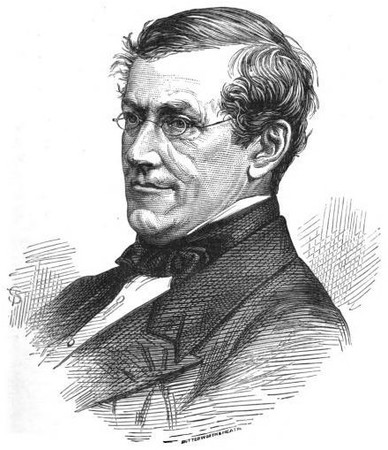The Playfair Cipher is a polyalphabetic substitution cipher in a bigramic (or digramic) block. In this substitution, the letters are taken two by two (bigramic block) according to rules applied in a 5 by 5 grid that contains the cipher alphabet. It was created by Charles Wheatstone and presented in 1854 in a dinner offered by Lord Granville. However, it was Lord Playfair who promoted its use, and whose name became associated with the cipher.
The safety of this cipher is low and its interest is only historic. Its cryptanalysis can be made through digraphs frequency analysis. Since it is a polyalphabetic cipher, though, the Playfair makes the decryption a little difficult. Since there are more digraphs than letters, the number of elements available for analysis diminishes. It has other advantages: one doesn't need tables or complicated devices to crack the code - only a key-word, that can be easily memorized or traded. The key-word is easily implemented and little prone to error, so it is a perfect system to be used as "field cipher".
The safety of this cipher is low and its interest is only historic. Its cryptanalysis can be made through digraphs frequency analysis. Since it is a polyalphabetic cipher, though, the Playfair makes the decryption a little difficult. Since there are more digraphs than letters, the number of elements available for analysis diminishes. It has other advantages: one doesn't need tables or complicated devices to crack the code - only a key-word, that can be easily memorized or traded. The key-word is easily implemented and little prone to error, so it is a perfect system to be used as "field cipher".
~Ally

 RSS Feed
RSS Feed